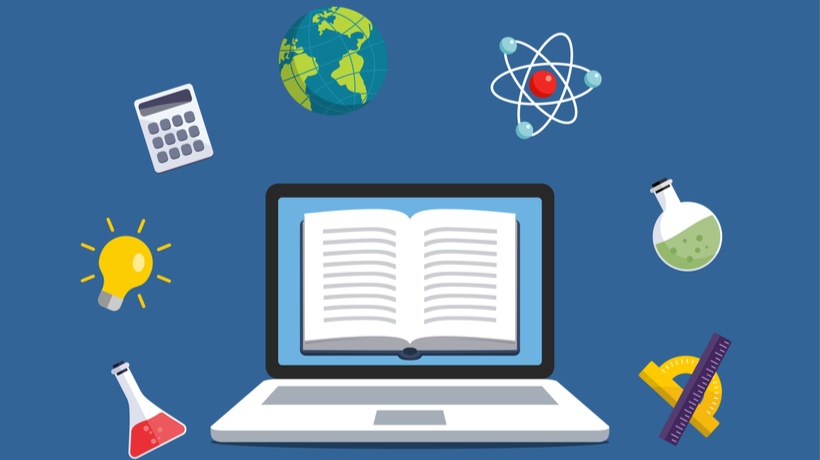In today’s increasingly interconnected world, the capability to work collaboratively is a critical ability. As conventional instructional paradigms advance to satisfy the demands of the 21st century, joint discovering emerges as a crucial idea. This article explores the intricacies of collective learning, exploring its benefits, approaches, and obstacles, while giving insights right into how it shapes modern-day education.
Collaborative discovering surpasses simply working together.

It symbolizes an instructional method where people engage in a collective effort to gain understanding, resolve issues, and attain a typical goal. This method stresses the value of variety in idea and promotes deeper understanding via interaction and common experience.
The Advantages of Collaborative Knowing
Collective learning uses a myriad of benefits, making it a preferred technique in academic setups around the world. One of the primary benefits is the enhancement of essential assuming abilities. As learners involve with peers, they are subjected to different viewpoints, motivating them to review and evaluate info a lot more seriously.
One more substantial advantage is the enhancement in interaction abilities. Collective discovering environments demand energetic listening, verbalize expression of concepts, and respectful discourse. These skills are very useful, not simply academically, yet in expert and social contexts also.
Cognitive advancement is likewise notably reinforced through collective initiatives. Working together requires learners to articulate their thinking, challenge presumptions, and integrate different point of views, causing deeper cognitive handling and retention.
- Improved important thinking
- Boosted communication abilities
- Increased cognitive advancement
- Higher retention prices
- Cultivating of social and management skills
The collective effect of these benefits is a much more holistic academic experience. Learners not only acquire understanding yet also develop necessary life abilities that prepare them for future joint ventures in any field.
Strategies for Efficient Collaborative Learning
Implementing joint knowing effectively requires thoughtful technique and planning.

Educators has to produce an atmosphere conducive to cooperation, where learners really feel secure and determined to take part openly. Below are some methods that can promote effective joint discovering experiences.
First of all, establishing clear objectives and expectations is extremely important. When students comprehend the objectives and their roles within the team, they are more likely to involve meaningfully. Educators ought to communicate these objectives clearly and ensure they are straightened with the curriculum.
Second of all, making use of varied group structures can enhance the discovering experience. By differing group structure, whether by skill level, interest, or history, teachers can promote vibrant interactions and an extra thorough understanding of the product.
Obstacles in Collaborative Understanding
While joint knowing uses countless benefits, it is not without its difficulties. One usual concern is the variation in group participant participation. Some people might dominate discussions, while others may be less inclined to add, leading to a discrepancy in the knowing experience.
- Inconsonant levels of engagement
- Prospective for conflict
- Time monitoring difficulties
- Numerous degrees of commitment
Moreover, conflicts can emerge because of varying opinions, working styles, or misconceptions. Educators has to be geared up to handle these disputes properly, cultivating a setting where considerate dialogue dominates.
The Function of Technology in Collaborative Understanding
In the digital age, technology plays a critical function in assisting in joint discovering. Online platforms break geographical obstacles, permitting individuals from varied locations to team up in actual time. These tools offer a wide variety of functions that boost joint initiatives, from shared papers and conversation online forums to online meeting areas.

Technology not just expands the extent of that can join collaborative knowing however likewise enhances the high quality of communication. Learners can access a broader variety of sources, engage with interactive web content, and use their expertise in innovative methods.
Future of Collaborative Discovering
Looking ahead, the future of collective learning appears encouraging. As schools continue to embrace technology and introduce pedagogical techniques, student-driven encyclopedia collaboration will likely become a foundation of learning experiences at all degrees of education and learning.
Eventually, the significance of joint learning lies in its capacity to empower individuals through shared effort and mutual understanding. As we move on, growing these experiences will certainly be vital in preparing learners not simply to prosper academically, however to thrive in a complicated, interconnected world.